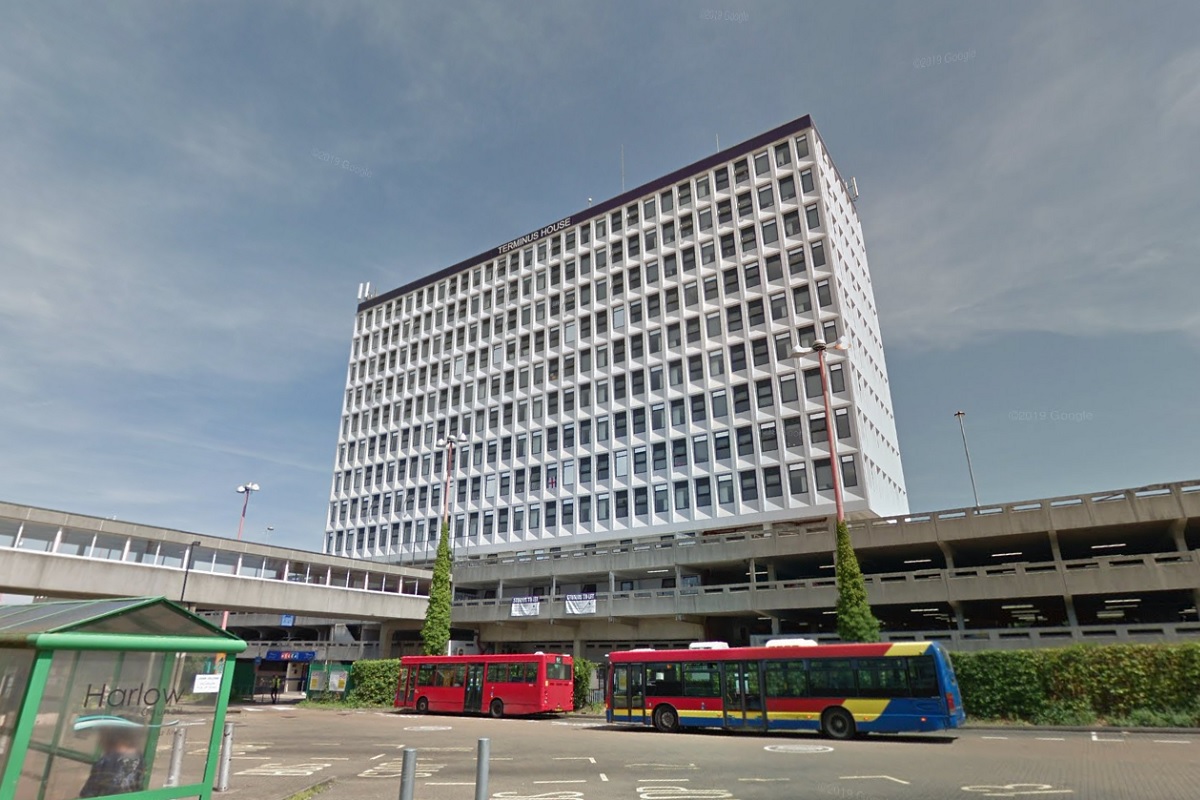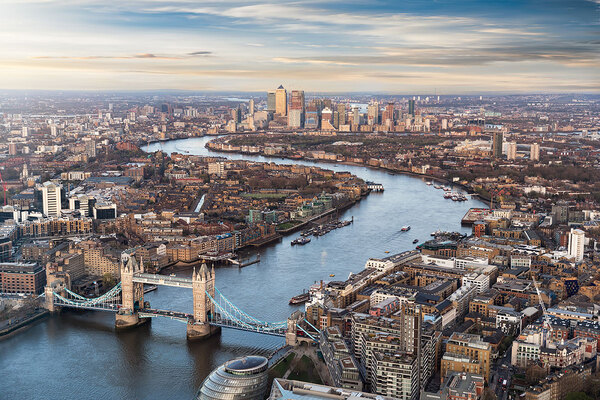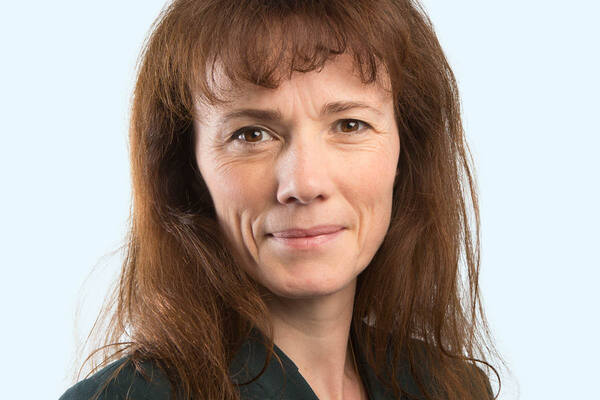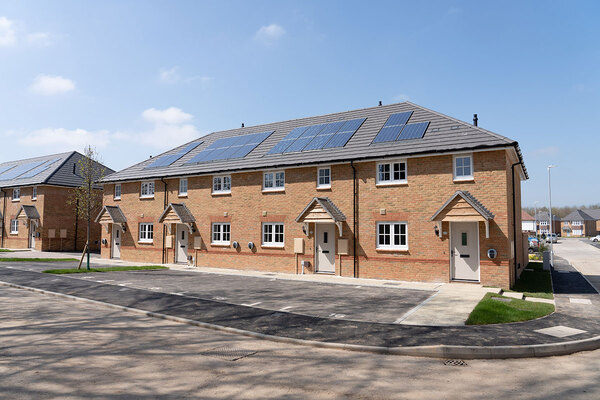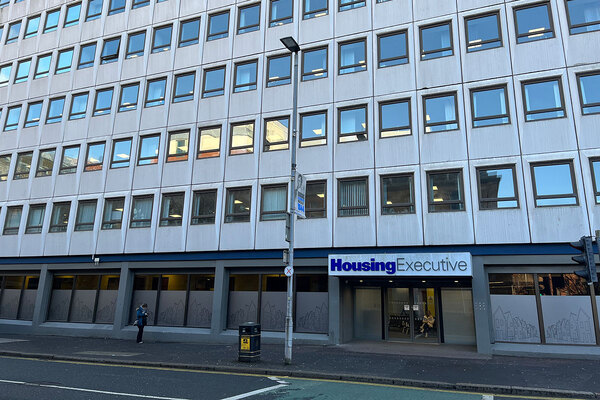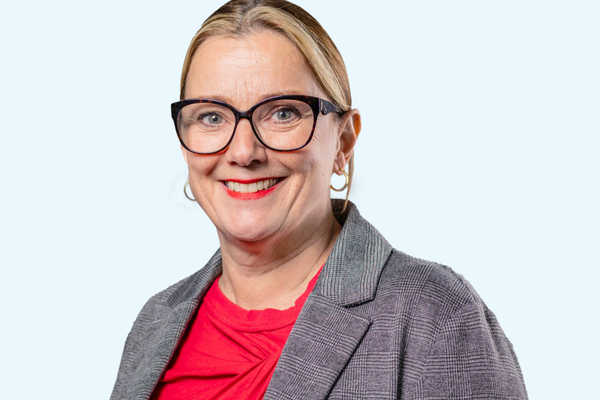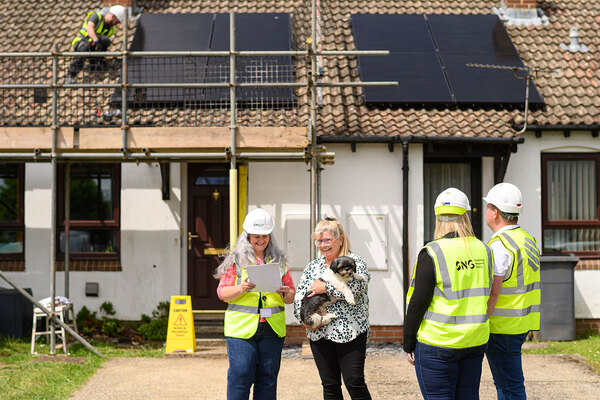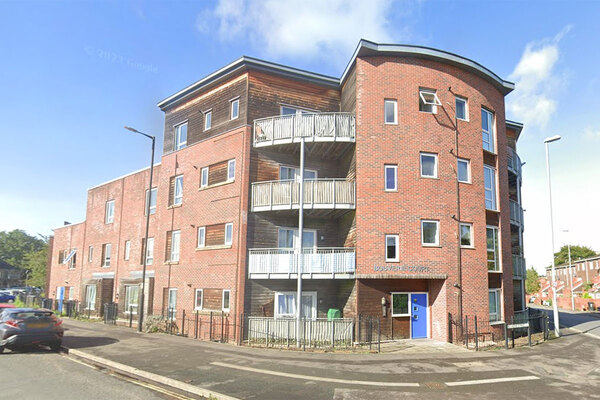You are viewing 1 of your 1 free articles

Sally Roscoe is projects assistant at the Town & Country Planning Association
The case against Permitted Development Rights
Why would a project that shows photographs of blocks where people live need to be called These are Homes? When they’re office-to-residential conversions that have had minimal alterations – and the pictures should tell people why the system needs to change, argues Sally Roscoe
How do you describe the impacts of poor-quality housing to those who have never experienced it? By centring the voices of those who have.
Working with photographer Rob Clayton, the Town & Country Planning Association (TCPA) is aiming to do just that as part of our Healthy Homes campaign. The campaign, run jointly with Lord Crisp (crossbench peer and former chief executive of the English NHS) and funded by the Nationwide Foundation, is seeking to transform the regulation of the built environment through the introduction of 11 legally binding ‘healthy homes principles’, designed to promote resident health.
With Rob, we have been documenting the disastrous impact of office-to-residential conversions through permitted development rights (PDR) on the quality of housing. These conversions bypass the need for planning permission, and as a result many do not meet nationally described space standards and often lack access to amenities and green space.
Our journey to understand the impact of this practice on the lives of those affected proved a powerful experience. We began with a scoping trip to Croydon, where once you knew what to look for, it was immediately clear how much of the built environment had been shaped by poor-quality office-to-residential PDR conversions.
Perhaps the most imposing is the former BT office building, Delta Point, that has now been converted to hundreds of flats. When we asked a former resident how his health had been impacted during his time living in a building not initially designed for residential purposes, he described his flat as “dilapidated” and confirmed: “My health has certainly deteriorated in many aspects.”
“There are entire communities that are now being shaped by the strain placed on them through these PDR conversions”
Many of these homes have been minimally converted for residential use, which inspired the fitting project title of These are Homes – as to the untrained eye these sites appear to be regular office parks or industrial estates.
Since these conversions do not require planning permission, the local areas are often unprepared for the influx of residents in former office blocks: this can result in a shortage of GP surgeries, schools and other amenities that residents depend on. As a result, there are entire communities that are now being shaped by the strain placed on them through these PDR conversions.
Harlow in Essex is another PDR hotspot that is experiencing the effects of these ongoing office-to-residential conversions. Terminus House is perhaps the most famous example of this, given the scale of the conversion and the number of vulnerable residents that are now housed in such an inappropriate building.
When speaking to a resident of Terminus House, she explained how she felt unsafe and that the smoke from her neighbour’s cigarettes has been entering her flat through the light fixtures, impacting her own health. She described the flats in Terminus House as “prisons without bars”.
Both of these residents who were kind enough to speak to us were in attendance at our 18 January Healthy Homes reception, and their stories left an indelible mark on many of those at the event. Throughout the evening, the illustrious walls of One Great George Street, a stone’s throw from the Palace of Westminster, stood in stark contrast to these powerful photographic displays of some of the worst examples of office-to-residential conversions.
There are likely to be thousands of similar stories, as official figures state that 73,575 offices have been converted to homes since 2015, although this number may be even larger than reported. With the insurmountable evidence that housing quality impacts our health and well-being alongside the personal stories of those who have faced poor housing conditions, the case to re-evaluate the state of our nation’s homes has perhaps never been stronger. Addressing PDR is an intrinsic step in this.
Our homes should act as both a springboard and a safety net to enhance our life chances. Yet the TCPA believes that many of the homes that are created through PDR truly are creating the slums of the future due to their poor quality and lack of consideration for residents’ health and well-being. The TCPA will continue to campaign for Healthy Homes.
To find more about the campaign and the TCPA, visit tcpa.org.uk/collection/campaign-for-healthy-homes/
Sally Roscoe, projects assistant, TCPA
Sign up for our development and finance newsletter
Already have an account? Click here to manage your newsletters
